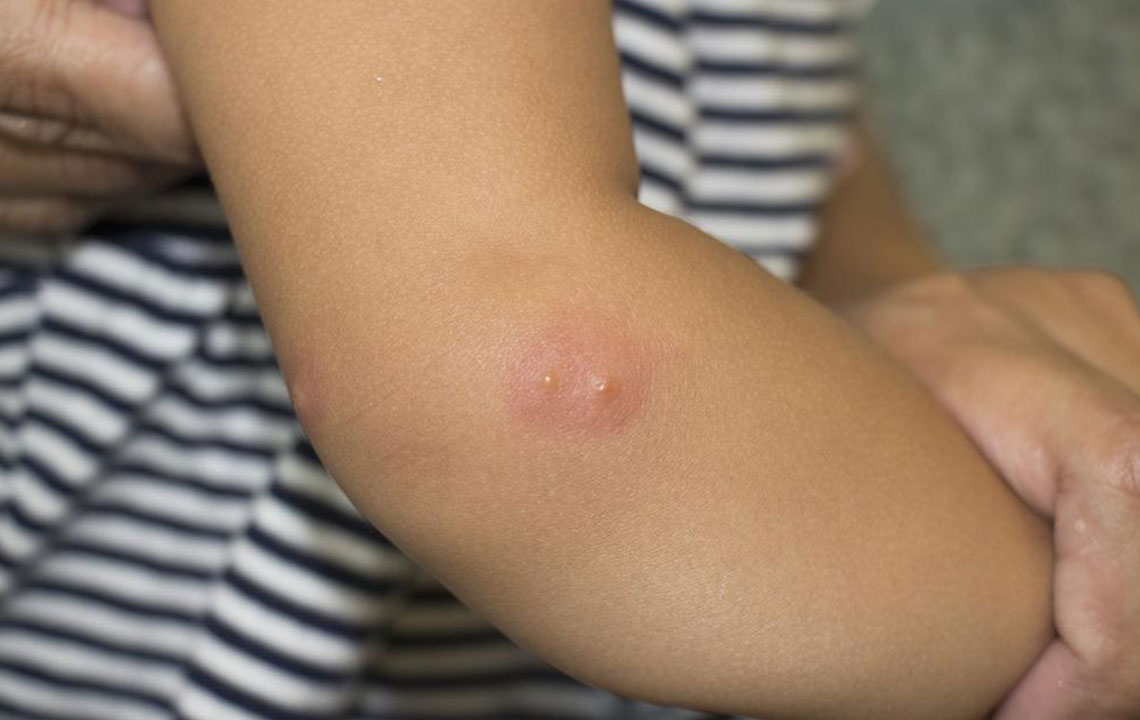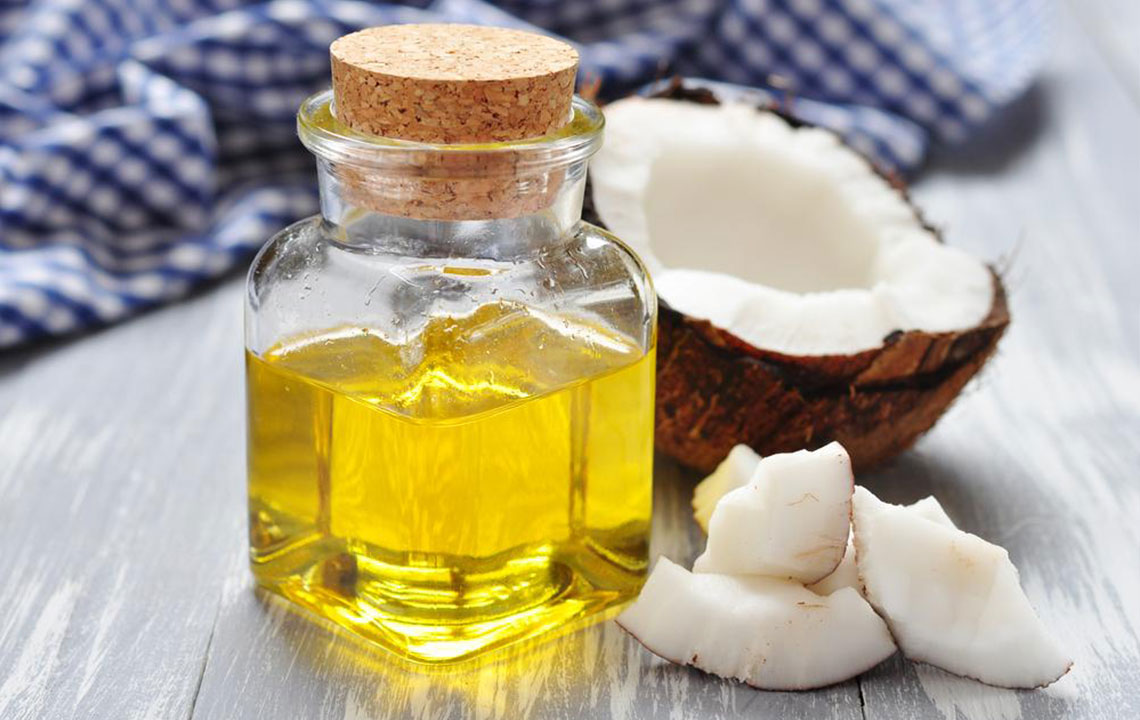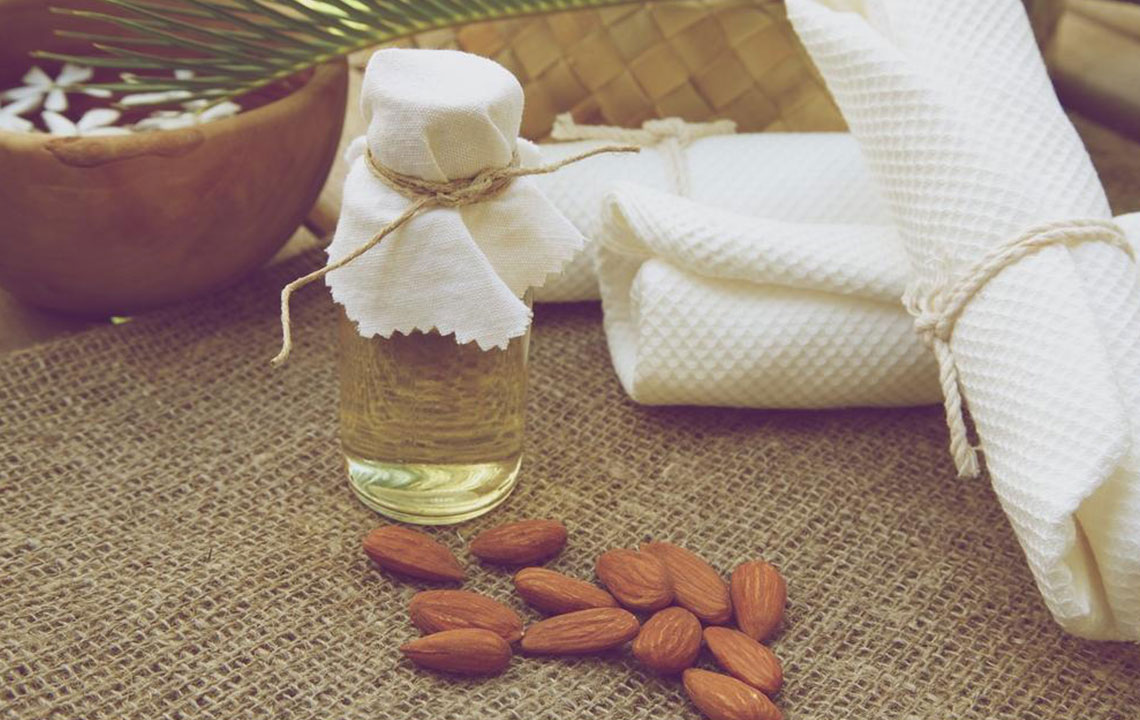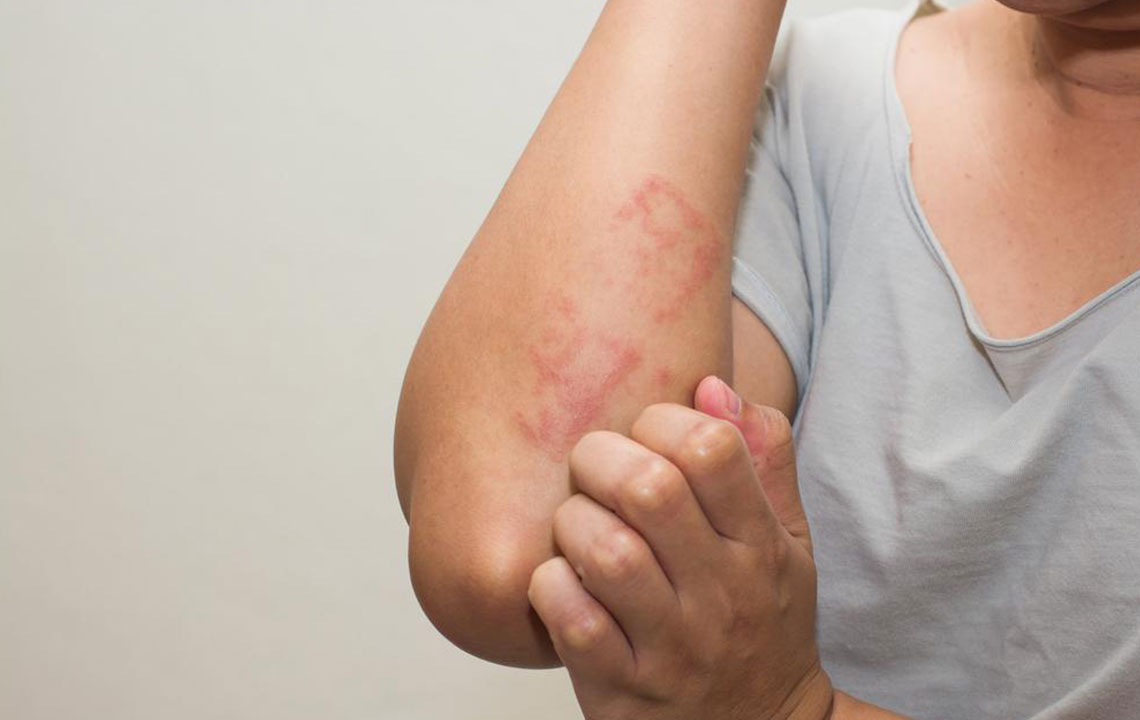Comprehensive Daily Strategies for Managing Shingles Skin Rash Effectively
This comprehensive guide details effective daily management tips for shingles skin rash. It covers essential practices such as soothing baths, topical treatments, proper diet, and clothing choices to alleviate pain, prevent infection, and promote healing. Combining these habits with medical treatment can lead to faster recovery and reduce complications, especially for older adults and immunocompromised individuals. Learn how to carefully care for shingles-affected skin with proven techniques that support immune health and comfort during recovery, ensuring a more manageable experience.
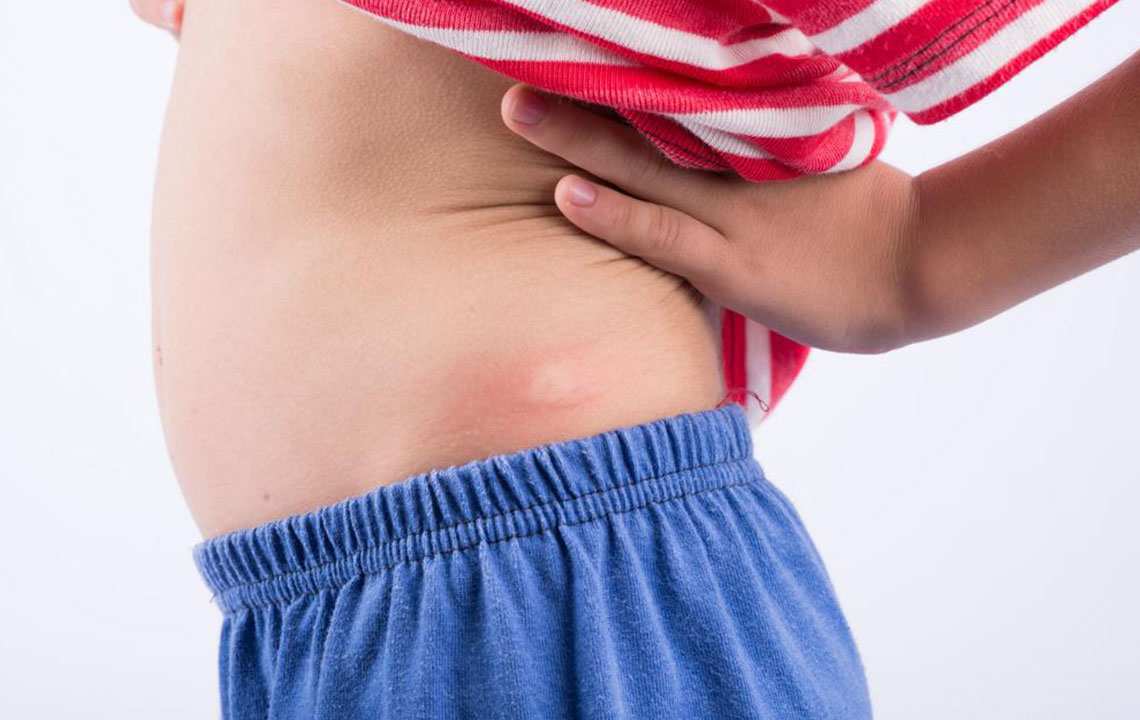
Comprehensive Daily Strategies for Managing Shingles Skin Rash Effectively
Shingles, medically known as herpes zoster, is a common viral infection that significantly affects a large portion of the population, particularly in the United States, where it is estimated that about one in three individuals will encounter this condition in their lifetime. This illness manifests as a painful, blistering skin rash, usually forming a band or cluster on one side of the body or face. Its impact can be quite severe, especially for older adults and individuals with compromised immune systems. Understanding shingles, its causes, and effective daily management techniques is crucial for alleviating symptoms and speeding up recovery.
The root cause of shingles lies in the reactivation of the varicella-zoster virus, which is also responsible for childhood chickenpox. After initial infection, the virus remains dormant in nerve tissues, often for decades. Reactivation can occur due to factors such as advancing age, a weakened immune system, stress, certain medications, or trauma. Once reactivated, the virus travels along nerve pathways to the skin, resulting in characteristic rashes with blister formations. Early diagnosis within 72 hours of rash appearance is essential for optimal management, as it enhances the effectiveness of antiviral treatments and can diminish complications, such as post-herpetic neuralgia.
While antiviral medications are the cornerstone of shingles treatment, focusing on symptom control and adopting supportive daily habits is vital for reducing discomfort and promoting healing. The typical recovery period ranges from two to six weeks, during which these integrative practices can be highly beneficial:
Regular soothing baths: Taking gentle baths helps cleanse affected areas, preventing secondary bacterial infections. Opt for cool water baths, which not only reduce pain but also lessen itching sensations. For added relief, incorporate colloidal oatmeal into bathwater—mix one to two cups with lukewarm water and soak for 15-20 minutes. After soaking, use a clean, sterilized towel to dry skin carefully, helping to prevent contamination and infection spread.
Application of soothing lotions and topical creams: Managing intense itching is crucial, as scratching can lead to skin breakdown and worse outbreaks. Topical remedies like calamine lotion or petroleum jelly provide calming effects on irritated skin and can substantially decrease the urge to scratch. It is advisable to avoid scented or chemically-laden skin products, which might cause additional irritation or allergic reactions.
Use of cold compresses: Applying cool, damp cloths or products like Burow’s solution directly to blisters and rashes can help dry out lesions and soothe irritation. Maintain each cold compress for approximately 20 minutes and repeat several times daily for best results. Avoid harsh or direct ice packs, as they can increase skin sensitivity and cause further damage.
Baking soda or cornstarch pastes: Creating a paste with two parts cornstarch or baking soda and one part water is a natural remedy for itching relief. Apply the paste on the affected areas, leave it for 10-15 minutes, then rinse with lukewarm water. Repeating this process can help manage persistent itching, promoting comfort and ease of healing.
Nutritious diet to bolster immunity: Supporting immune health through diet plays a pivotal role. Consuming foods rich in vitamins A, B-12, C, and E boosts the body's ability to combat the virus. Incorporate dairy products, eggs, legumes, whole grains, vegetables, and lean meats, while avoiding high-sugar, processed carbs, saturated fats, and foods high in arginine—an amino acid that could exacerbate outbreaks.
Loose, breathable clothing: Wear light, comfortable fabrics such as cotton to minimize skin irritation and allow airflow, which helps keep skin dry and less prone to secondary infections. Avoid tight-fitting or synthetic materials like polyester or nylon, which can trap moisture, increase itching, and worsen rash severity.
These daily care practices complement prescribed antiviral treatments but are not substitutes for professional medical advice. When combined, they can significantly lessen discomfort, promote faster healing, and reduce the risk of complications associated with shingles. Consistent implementation of supportive daily habits can greatly improve quality of life during the illness and help prevent future outbreaks.
